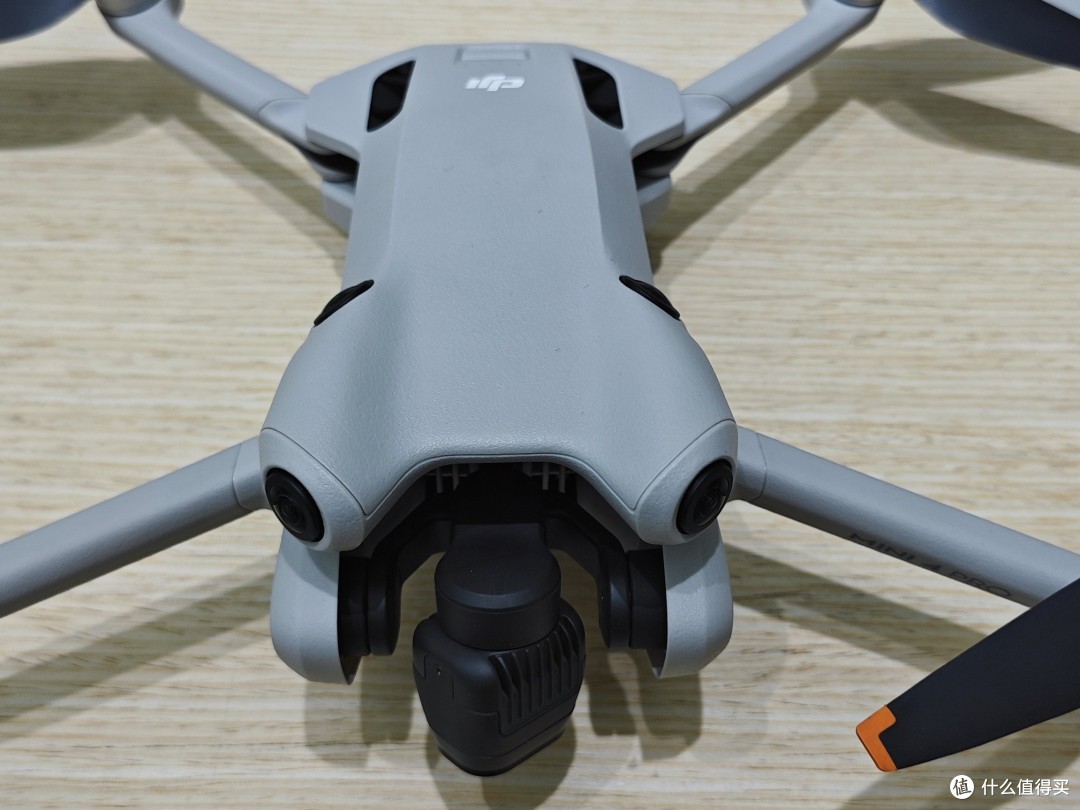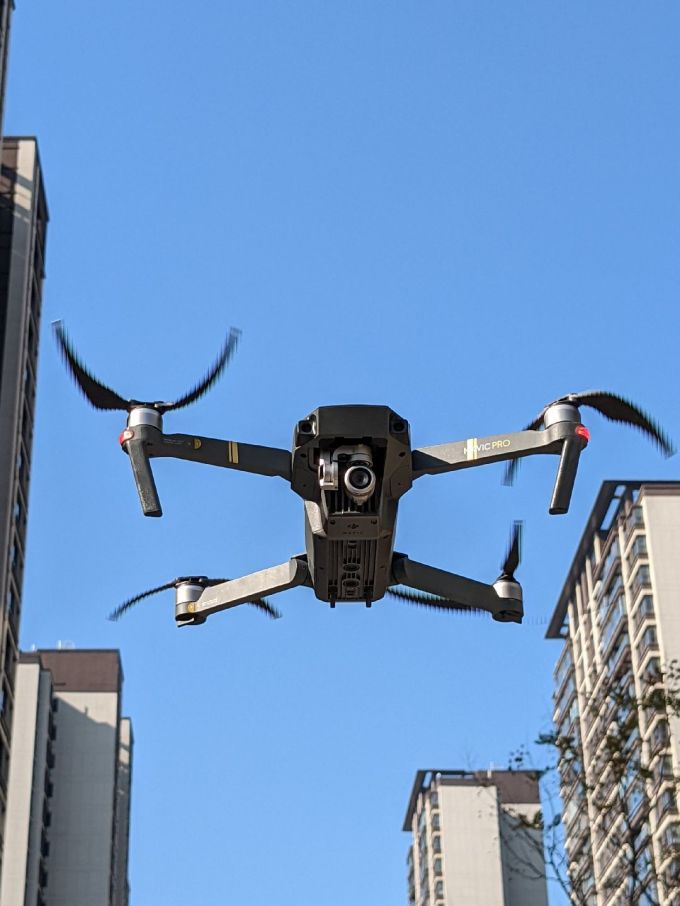In the age of technological advancement, few innovations hold as much promise as the intersection of 3D printing and drone technology. This amalgamation, often referred to as “3d drone print,” is poised to revolutionize industries ranging from construction to manufacturing, by combining the precision of 3D printing with the agility and flexibility of drones.
Understanding 3D Drone Printing
At its core, 3D drone print technology involves the utilization of drones equipped with 3D printing capabilities. These sophisticated drones can be deployed to locations that are hard to reach or dangerous for human workers, thus enhancing safety and efficiency. The mechanism involves drones carrying a 3D printing module and a supply of materials such as concrete or plastic to the designated site where the print is to be executed.
One of the significant advantages of 3D drone printing is its ability to access difficult terrains. For instance, in post-disaster scenarios where buildings need reinforcement, or in environments that are too hazardous for human intervention, 3D drone printing offers a viable solution. Moreover, with the ever-improving precision of 3D technology, it is possible to almost entirely automate the construction of complex structures which traditionally required intensive labor and time.
Applications in Construction
The construction industry, traditionally seen as conservative, stands to benefit immensely from 3D drone print technologies. These drones can considerably reduce the costs and timescales associated with large-scale building projects. Imagine the swift setup of bridges, scaffolding, or even entire small edifices, executed with machine precision, minimizing human error.
Additionally, customization and flexibility are significant selling points. Structures can be tailored according to specific environmental needs or architectural designs without the constraints of traditional methods. By employing drones with integrated 3D printers, it’s feasible to construct buildings in remote or developing areas where transporting conventional building materials is challenging.
Sustainability and Environmental Impact
Regarding sustainability, the 3D drone print approach can lead to a dramatic reduction in material waste. In traditional construction, up to 30% of materials are wasted due to inefficiencies and onsite errors. However, drones with 3D printing capabilities use precise amounts of material, thereby potentially lowering waste to negligible levels. Moreover, by using sustainable materials and reduced logistics, the carbon footprint of construction projects can be minimized.
Challenges and Future Prospects
Despite its promising advantages, the field of 3D drone print is not without its challenges. Maintaining stability during printing , power supply limitations, and material constraints are some hurdles that developers are working to overcome. Ensuring quality and consistency in the output is crucial for gaining industry trust and widespread adoption.
, power supply limitations, and material constraints are some hurdles that developers are working to overcome. Ensuring quality and consistency in the output is crucial for gaining industry trust and widespread adoption.
However, the future prospects appear bright. With ongoing research and development, it’s anticipated that these challenges will be surmounted, leading to even more robust solutions. The integration of AI and machine learning with 3D drone print technology could lead to automated design and construction optimization, further reducing costs and improving quality.
FAQs on 3D Drone Print Technology
- How does a 3D drone ensure precision while printing? Modern 3D drones are equipped with GPS technology and real-time monitoring systems that ensure high-level precision. Through constant feedback loops, these drones can make minute adjustments during the printing process, ensuring accuracy.
- Is 3D drone printing cost-effective? While initial investments can be high, the overall savings in labor, material, and time make it a cost-effective solution in the long run.
- What are the most common materials used in 3D drone printing? Currently, composite materials such as concrete mixed with polymers or ink made from fibrous materials are popular due to their durability and versatility in various environments.

Conclusion
In conclusion, the fusion of 3D printing and drone technology presents a groundbreaking shift in how we approach construction and design. Though still in developmental stages, its potential to reshape the industry landscape is unequivocal. As technology continues to evolve, the innovative possibilities of 3D drone print will no doubt grow, paving the way for a future where construction is as agile, efficient, and sustainable as technology allows.